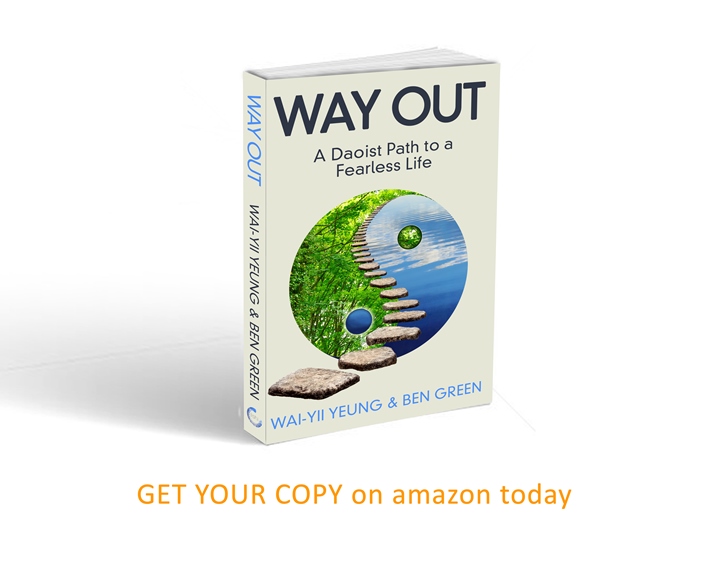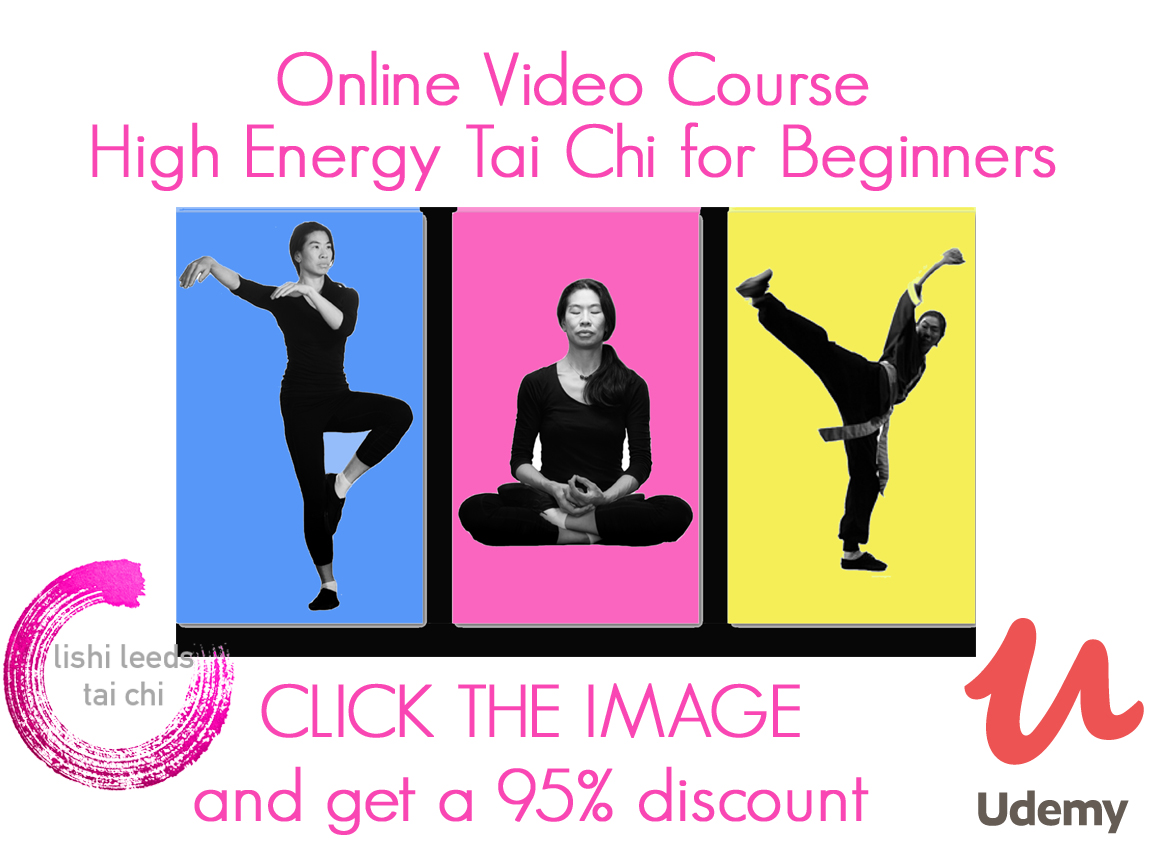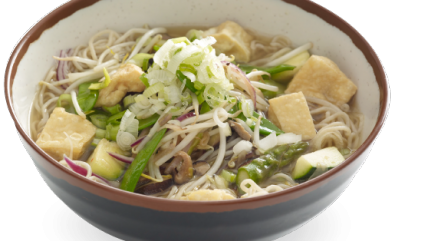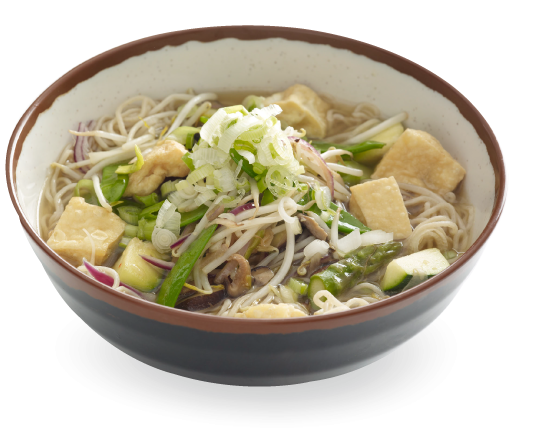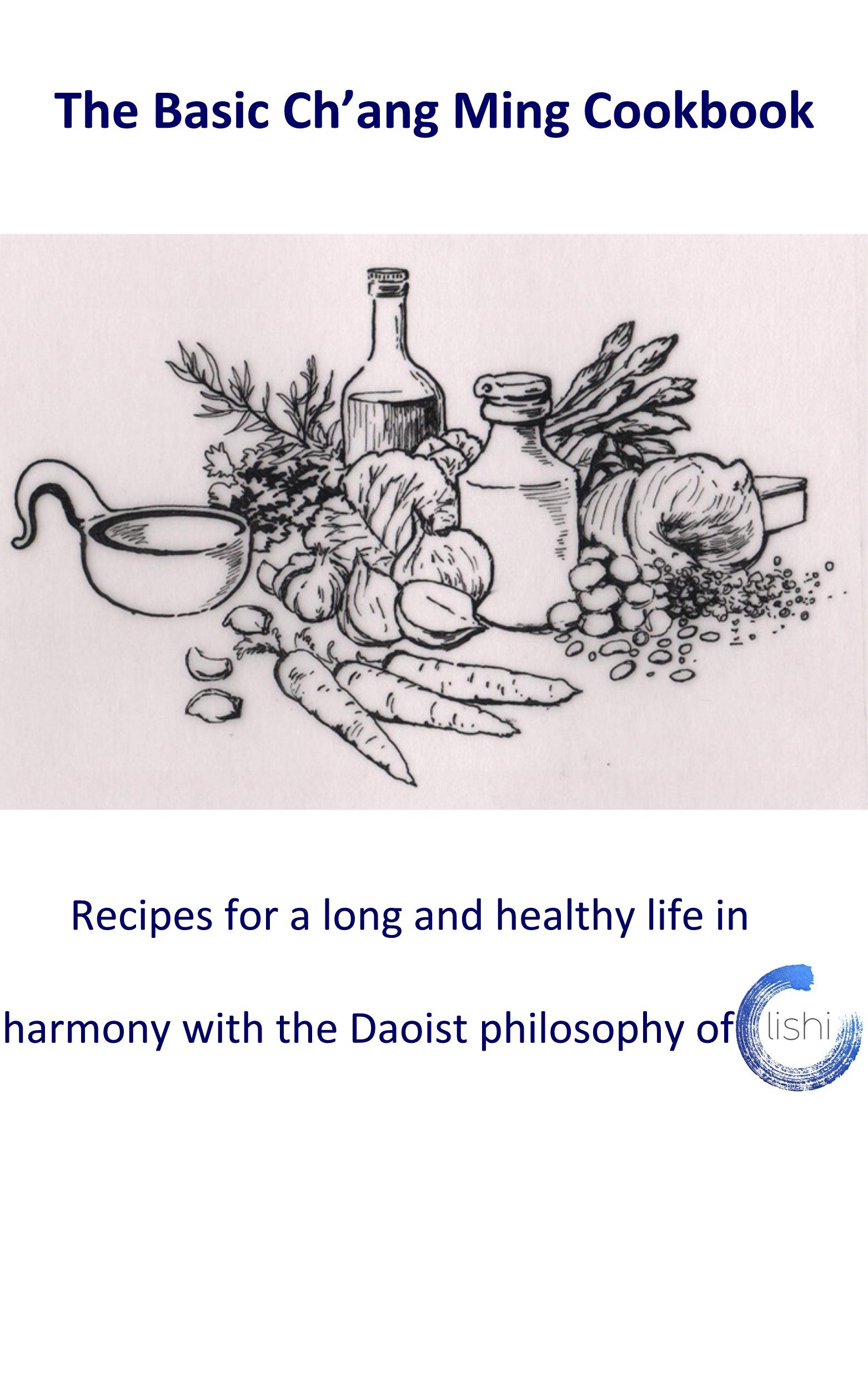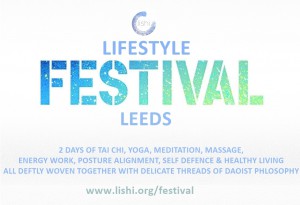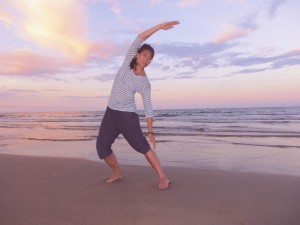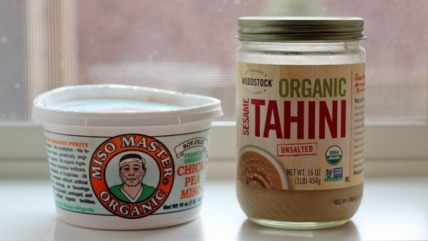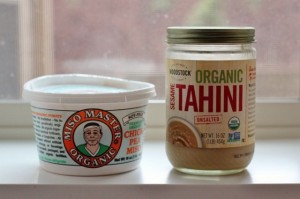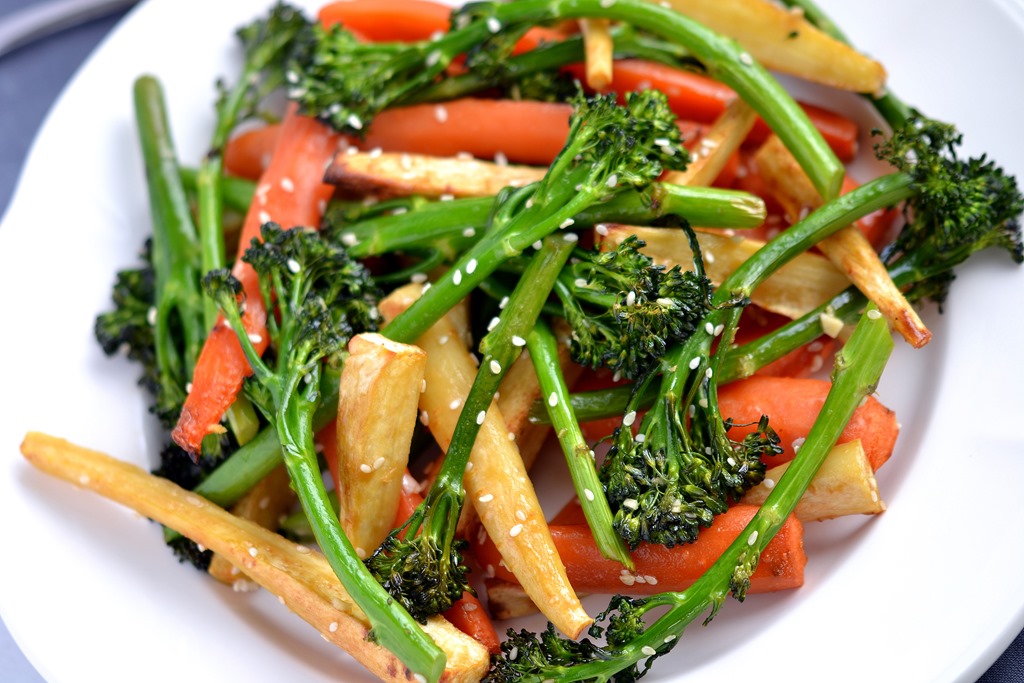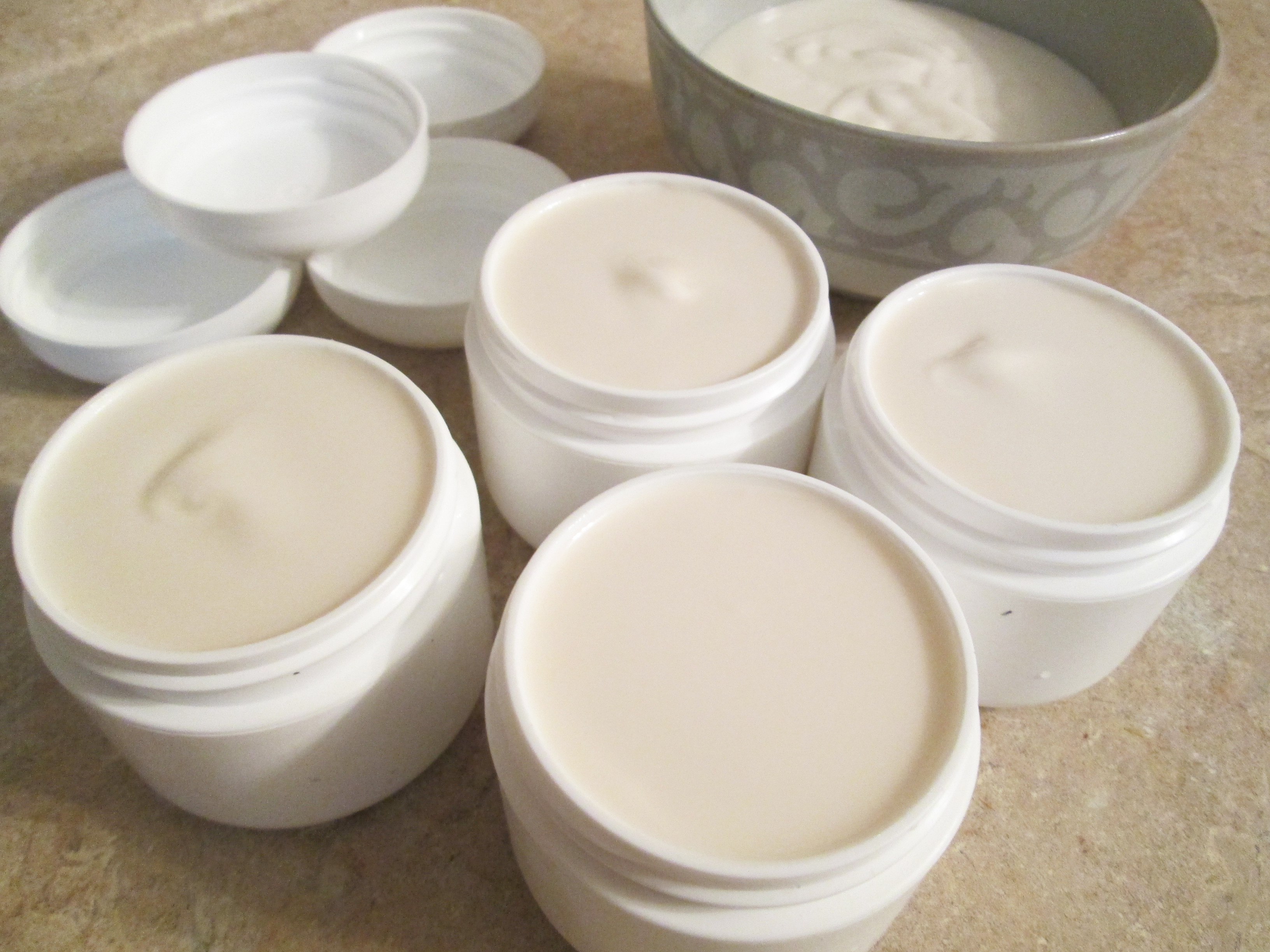Headingley News March 2016

Growing achievement for Lishi classes in Headingley.
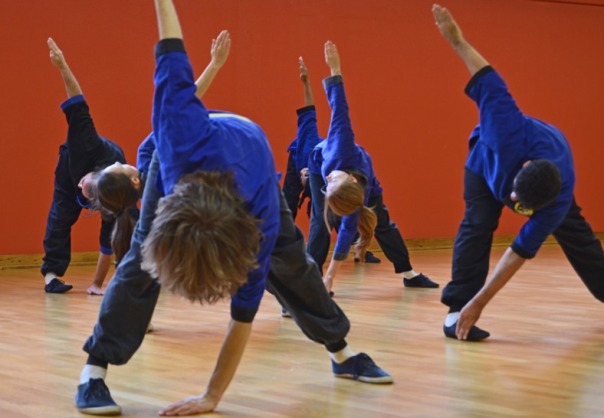
Photo courtesy of Wai-Yii Yeung
AN EXERCISE programme from China based on the philosophy of Yin and Yang has been introduced in Headingley.
The classes at St. Augustine’s Wrangthorn Church Hall in Headingley as well as Leeds University has gained a lot of success.
Lishi combines the very best from Tai Chi, Cardio Kung Fu, Self Defence and Daoist Yoga.
It has been practised for thousands of years and is still around today because of its relevance to the challenges of modern life:
Wai-Yii Yeung, the leader of the Lishi classes said: “I started Lishi when I was a student at the University of Leeds and I got so much from the classes that I wanted to make sure that other students could learn these arts and benefit from the exercises and philosophy.
I teach classes at Wrangthorn Church Hall as well as at the University and all my students agree that it helps them concentrate, de-stress and boost their energy.
“Part of the programme of self-development includes not only learning the exercises but eventually learning how to teach and lead.
“As I developed these skills I found that I really enjoyed sharing this ancient knowledge and starting classes in the area was a natural next step. I love it.”
Lishi classes have been going on throughout the UK and abroad, but it has been kept secret for a long time compared with other Tai Chi or Self Defence arts.
Wai-Yii added: “I hope that as more people experience the benefits they will tell others and Lishi will start to grow in popularity through word of mouth.
“I love teaching these arts but more than that I love it when people tell me how much the classes have had a positive impact on their life and time at university.”
Find out more about Wai-Yii and her classes:
Source: https://newsinheadingley.wordpress.com/2016/03/02/growing-achievement-for-lishi-classes-in-headingley/

